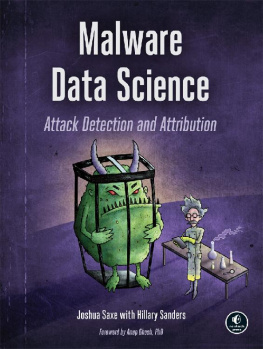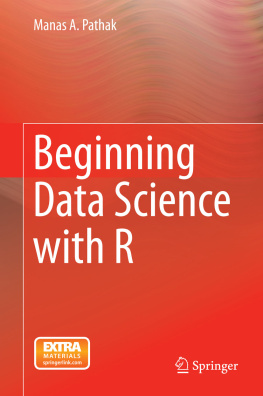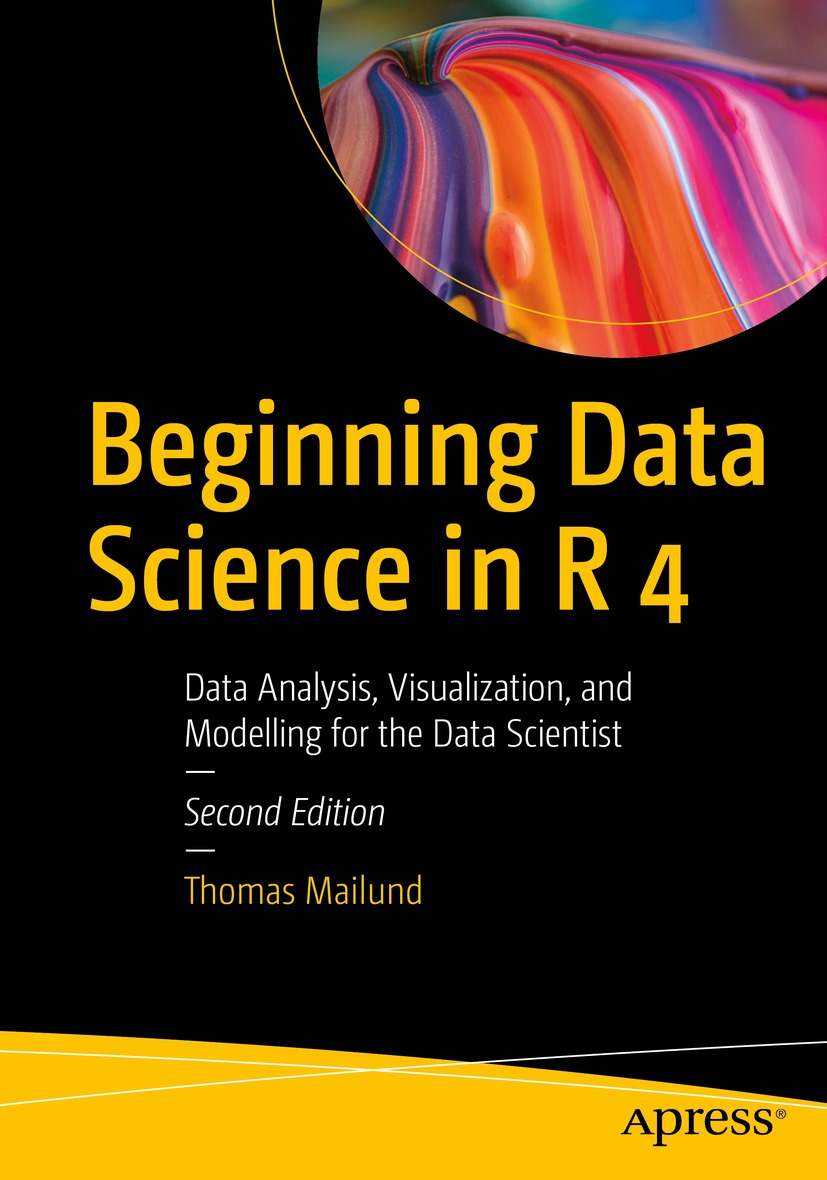Thomas Mailund
Aarhus, Denmark
ISBN 978-1-4842-8154-3 e-ISBN 978-1-4842-8155-0
https://doi.org/10.1007/978-1-4842-8155-0
Thomas Mailund 2022
This work is subject to copyright. All rights are reserved by the Publisher, whether the whole or part of the material is concerned, specifically the rights of translation, reprinting, reuse of illustrations, recitation, broadcasting, reproduction on microfilms or in any other physical way, and transmission or information storage and retrieval, electronic adaptation, computer software, or by similar or dissimilar methodology now known or hereafter developed.
The use of general descriptive names, registered names, trademarks, service marks, etc. in this publication does not imply, even in the absence of a specific statement, that such names are exempt from the relevant protective laws and regulations and therefore free for general use.
The publisher, the authors and the editors are safe to assume that the advice and information in this book are believed to be true and accurate at the date of publication. Neither the publisher nor the authors or the editors give a warranty, expressed or implied, with respect to the material contained herein or for any errors or omissions that may have been made. The publisher remains neutral with regard to jurisdictional claims in published maps and institutional affiliations.
This Apress imprint is published by the registered company APress Media, LLC, part of Springer Nature.
The registered company address is: 1 New York Plaza, New York, NY 10004, U.S.A.
Introduction
Welcome to Beginning Data Science in R 4. I wrote this book from a set of lecture notes for two classes I taught a few years back, Data Science: Visualization and Analysis and Data Science: Software Development and Testing. The book is written to fit the structure of these classes, where each class consists of seven weeks of lectures followed by project work. This means that the books first half consists of eight chapters with core material, where the first seven focus on data analysis and the eighth is an example of a data analysis project. The data analysis chapters are followed by seven chapters on developing reusable software for data science and then a second project that ties the software development chapters together. At the end of the book, you should have a good sense of what data science can be, both as a field covering analysis and developing new methods and reusable software products.
What Is Data Science?
That is a difficult question. I dont know if it is easy to find someone who is entirely sure what data science is, but I am pretty sure that it would be difficult to find two people without having three opinions about it. It is undoubtedly a popular buzzword, and everyone wants to hire data scientists these days, so data science skills are helpful to have on the CV. But what is it?
Since I cant give you an agreed-upon definition, I will just give you my own: data science is the science of learning from data.
This definition is very broadalmost too broad to be useful. I realize this. But then, I think data science is an incredibly general field. I dont have a problem with that. Of course, you could argue that any science is all about getting information out of data, and you might be right. However, I would say that there is more to science than just transforming raw data into useful information. The sciences focus on answering specific questions about the world, while data science focuses on how to manipulate data efficiently and effectively. The primary focus is not which questions to ask of the data but how we can answer them, whatever they may be. It is more like computer science and mathematics than it is like natural sciences, in this way. It isnt so much about studying the natural world as it is about computing efficiently on data and learning patterns from the data.
Included in data science is also the design of experiments . With the right data, we can address the questions in which we are interested. This can be difficult with a poor design of experiments or a poor choice of which data we gather. Study design might be the most critical aspect of data science but is not the topic of this book. In this book, I focus on the analysis of data, once gathered.
Computer science is mainly the study of computations, hinted at in the name, but is a bit broader. It is also about representing and manipulating data. The name computer science focuses on computation, while data science emphasizes data. But of course, the fields overlap. If you are writing a sorting algorithm, are you then focusing on the computation or the data? Is that even a meaningful question to ask?
There is considerable overlap between computer science and data science, and, naturally, the skill sets you need overlap as well. To efficiently manipulate data, you need the tools for doing that, so computer programming skills are a must, and some knowledge about algorithms and data structures usually is as well. For data science, though, the focus is always on the data. A data analysis project focuses on how the data flows from its raw form through various manipulations until it is summarized in some helpful way. Although the difference can be subtle, the focus is not on what operations a program does during the analysis but how the data flows and is transformed. It is also focused on why we do certain data transformations, what purpose those changes serve, and how they help us gain knowledge about the data. It is as much about deciding what to do with the data as it is about how to do it efficiently.
Statistics is, of course, also closely related to data science. So closely linked that many consider data science as nothing more than a fancy word for statistics that looks slightly more modern and sexy. I cant say that I strongly disagree with thisdata science does sound hotter than statisticsbut just as data science is slightly different from computer science, data science is also somewhat different from statistics. Only, perhaps, somewhat less so than computer science is.
A large part of doing statistics is building mathematical models for your data and fitting the models to the data to learn about the data in this way. That is also what we do in data science. As long as the focus is on the data, I am happy to call statistics data science. But suppose the focus changes to the models and the mathematics. In that case, we are drifting away from data science into something elsejust as if the focus shifts from the data to computations, we are straying from data science to computer science.
Data science is also related to machine learning and artificial intelligenceand again, there are huge overlaps. Perhaps not surprising since something like machine learning has its home both in computer science and statistics; if it focuses on data analysis, it is also at home in data science. To be honest, it has never been clear to me when a mathematical model changes from being a plain old statistical model to becoming machine learning anyway.

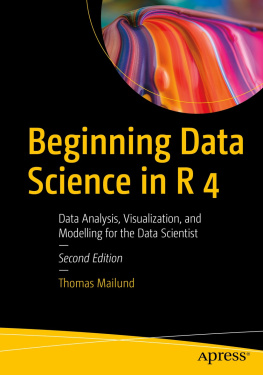
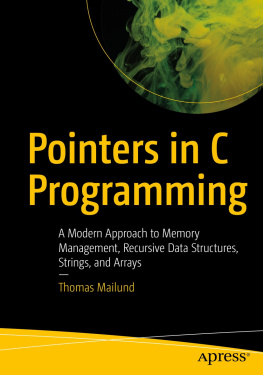
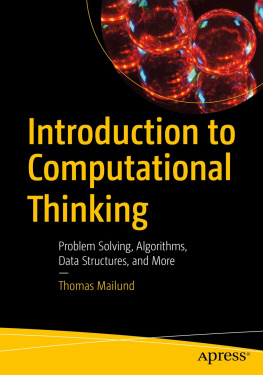

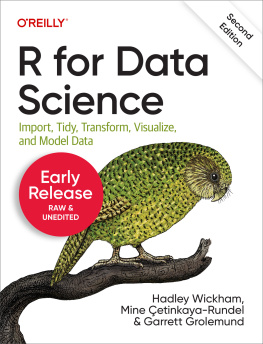


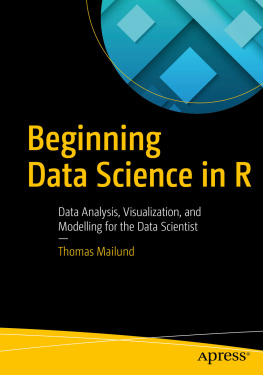
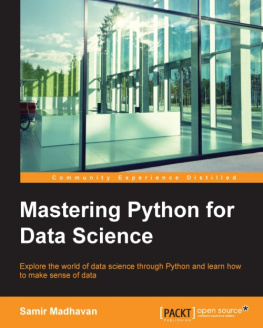
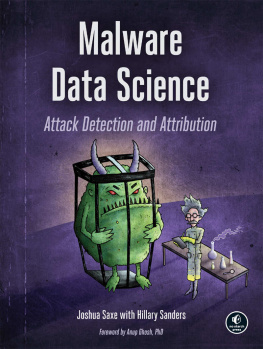
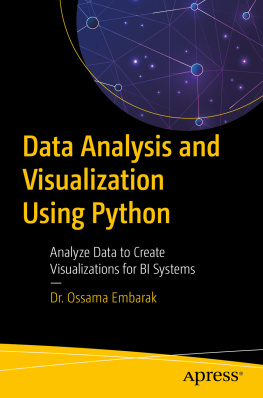
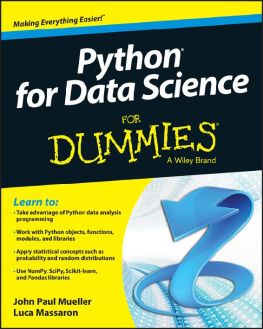
![Thomas Mailund [Thomas Mailund] - Beginning Data Science in R: Data Analysis, Visualization, and Modelling for the Data Scientist](/uploads/posts/book/119629/thumbs/thomas-mailund-thomas-mailund-beginning-data.jpg)
